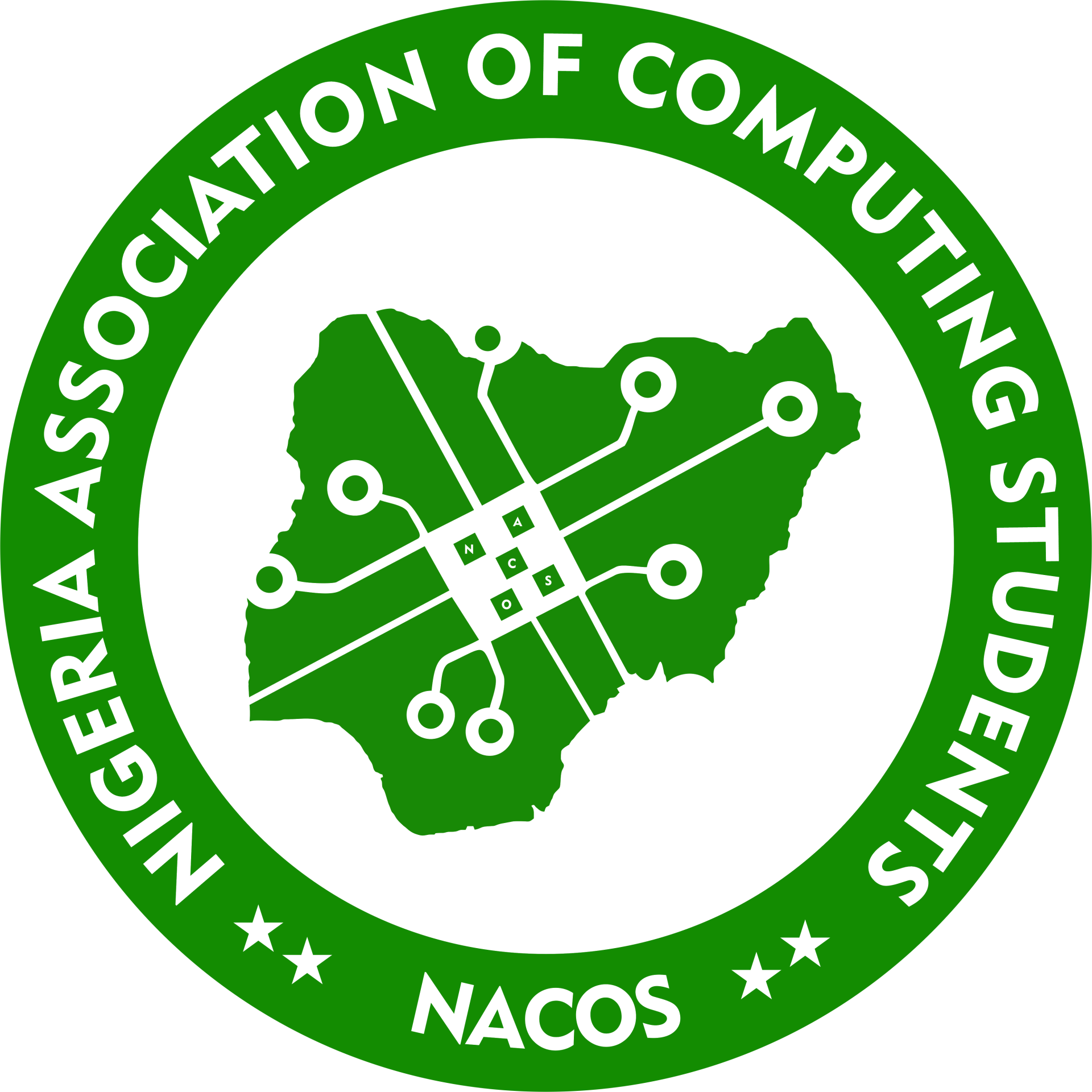Vector Graphics and Raster graphics (Bitmapped Graphics) are the two major categories of graphics structure in a computer. Vector graphics images are a series of points, lines, arcs and other geometric shapes, they are created in computer aided design (CAD) and drawing programs.
Vector is to primitives as Raster is to pixels While Primitives are Lines, points, arcs and shapes.
The human eye works as a bitmap picture. But the brain handles an image as a vector image.
Raster graphics is the representation of images as a collection of pixels (dots). Raster graphics are distinguished from vector graphics in that vector graphics represent an image through the use of geometric objects such as curves and polygons.
Raster Graphics cannot be scaled to a higher resolution, without loss of apparent quality. This is in contrast to vector graphics which easily scales to the quality of the device on which they are rendered.
Raster graphics are more practical than vector graphics for photographs and photorealistic images. While vector graphics are often more practical for typesetting and graphic design.
The quality of a raster image is determined by the total number of pixels (resolution) , and the amount of information in each pixel (often called colour depth) because it takes a large amount of data to store a high quality image, data compression techniques are often used to reduce this size for images stored in discs.
Some techniques sacrifice information and therefore image quality in order to achieve a smaller file size. Compression techniques that lose information are referred to as lossy compression.
A lossless data compression method is one where compressing data and then decompressing the data retrieves data that may well be different from the original but is close enough to be useful in some ways.
In the printing and Prepress industries, Raster graphics are known as contones. Whereas vector graphics are known as linework.
Most printers today are Inkjet and require bitmap images as inputs. Likewise, all monitors today display bitmaps. Thus, the vectors must be converted into bitmaps (Rasterized) for the screen and printer. The rasterization process is performed by the operating system and printer language.
2D computer graphics
This is the computer based generation of digital images from two dimensional models and by techniques specific to them.
2D models are preferred because they give more direct control of the image than 3d
computer graphics.
2D graphics softwares
- Corel draw
- Adobe illustrator
- Mirror
- Lucid chart
- Procreate
- Sketch
- Affinity designer
- Sketchbook
- Adobe Fresco
- Figjam
- Figma
- Smart Draw
- Whimsical
Free alternatives
- Gimp
3D computer graphics
3d computer graphics is an image that uses computer software that is used to create objects in virtual three dimensional space. 3d computer graphics is the generation of computer images using three dimensional models.
3d graphics provide realistic depth that allows the viewer to see into spaces, and notice the movement of light and shadows. As well as gain a fuller understanding of what is being shown.
3d major packages
- Maya
- 3d Studio Max (3ds Max)
- Soft Image
- Houdini
- Lightwave 3d
- Cinema 4d
- ZBrush
- Modo
Free alternatives
- Blender
- Daz Studio
- Fusion 360
- Hexagon
- Rocket 3F etc
Renderer
This is a software used for rendering. Pixar RenderMan is the premier renderer used in many studious… Animation packages such as 3ds Max and Maya can pipeline to RenderMan to do all the rendering.
Another example of a renderer is Mental Ray.
Some free alternatives:
- POV -Ray
- Yaf-Ray
Creation of 3d computer graphics.
The process of creating 3d computer graphics can be divided into three basic phases
- Modeling
- Scene Layout Setup
- Rendering
The modeling stage could be described as shaping individual objects that are later used in the scene.
There are a number of modeling techniques such as,
- constructive solid geometry,
- polygonal modeling,
- subdivision surfaces
- NURBS modeling
- Implicit surfaces
Modeling processes may also include editing object surface, its material properties such as colour.
In a complex character model, another different modeling phase can be created called Rigging.
Objects may be fitted with a skeleton, which is a central framework of an object, with the capability of affecting the shape or movement.
Scene layout setup involves arranging virtual objects, lights, cameras and other entities in a scene which will later be used to produce a still image or animation. If used for animation, this phase usually makes use of a technique called Keyframing which facilitates creation of complicated movements in a scene.
Lighting is another important aspect of scene setup, as is the case in real world scene arrangement, lighting is a significant contributing factor to the resulting aesthetic and visual quality of the finished work.
Rendering is the final process of creating the actual 3d image or animation from the prepared scene. This can be compared to taking a photo or filming a scene after the setup is completed in real life. Rendering is the process of generating an image from a model by means of a software program.
For movies animations, several images (frames) must be rendered and stitched together in a program capable of making animation of the sort.
Rendering for movies often take place on a network of tightly connected computers known as Render Farm.

SHARE YOUR THOUGHTS